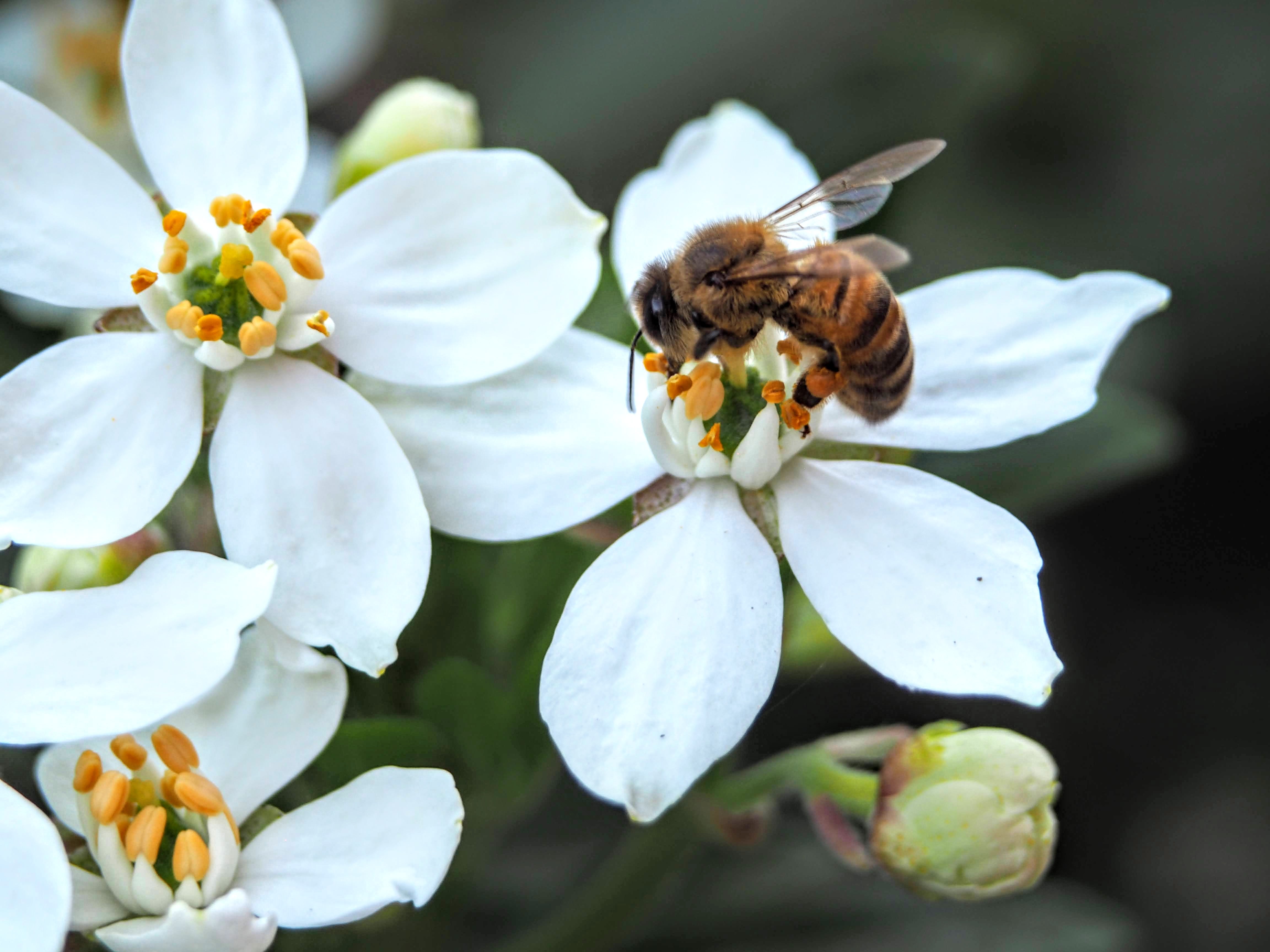Newly funded: Assessing pathogen transmission between bee species to learn more about population decline
August 13, 2021

Among the well-documented causes of the decline in global bee populations—habitat loss, pesticides, parasites—is a lesser-understood but significant threat: pathogens.
There’s evidence a disease called deformed wing virus (DWV), most often found in honeybees, may transmit to bumblebees if a diseased honeybee leaves the virus on a flower that a bumblebee later visits. Currently, not much is known about how prevalent pathogens are in Minnesota bumblebees. Adding to the concern: five of Minnesota’s 23 species of native bumblebees are considered by the International Union for Conservation of Nature to be vulnerable, endangered, or critically endangered.
That’s why the Minnesota Environment and Natural Resources Trust Fund, as recommended by the Legislative-Citizen Council on Minnesota Resources, has awarded Declan Schroeder, PhD, in the Department of Veterinary Population Medicine, and his team $650,000 to collect and analyze data on archetypal bumblebee pathogens in local populations, and then embark on a pilot study to attempt to neutralize DWV transmission to the species.
By screening and neutralizing bee pathogens, Schroeder and his team hope to promote best management practices to maintain honeybee health and prevent pathogen spillover into native bumblebee populations. Key to the study will be an educational initiative—called Bee Minnesota—aimed at honey beekeepers about the value of native bee pollinators, and how mindful bee management can lead to positive health outcomes for both species. The project is expected to run through June 2024, with a final report delivered by Aug. 15 of that year.


